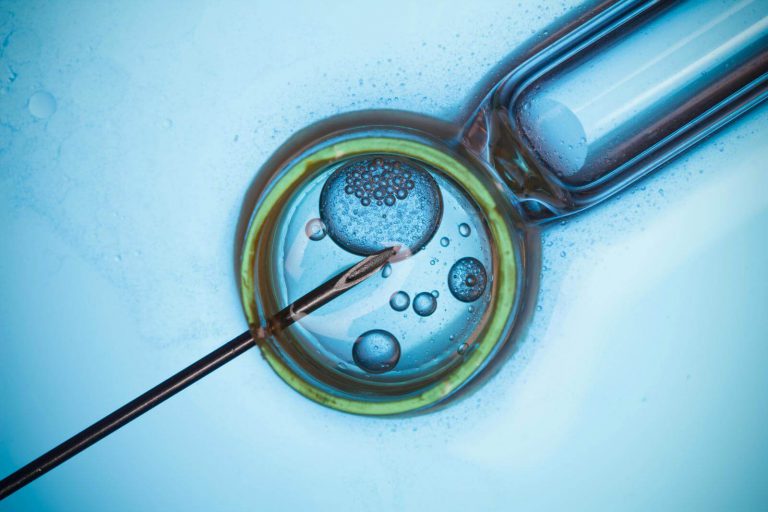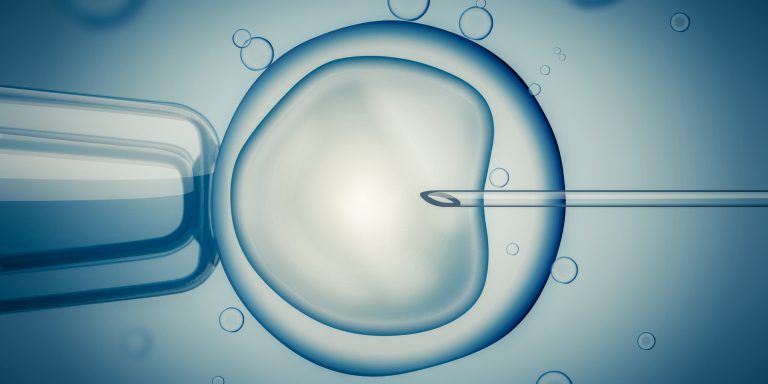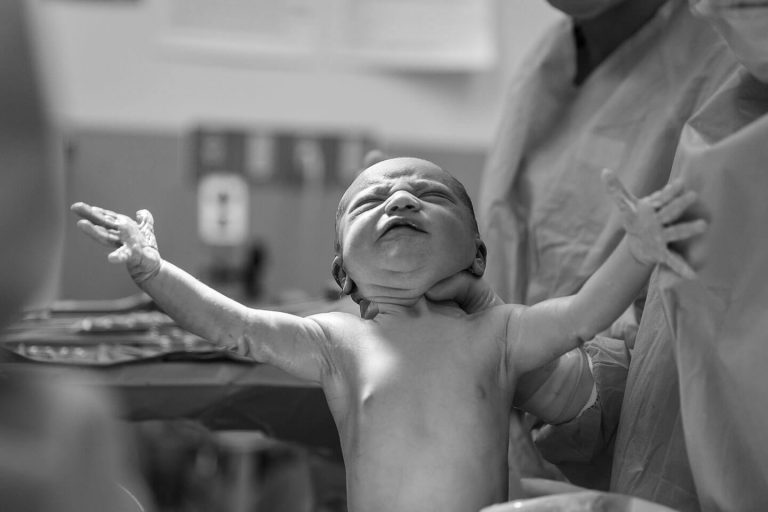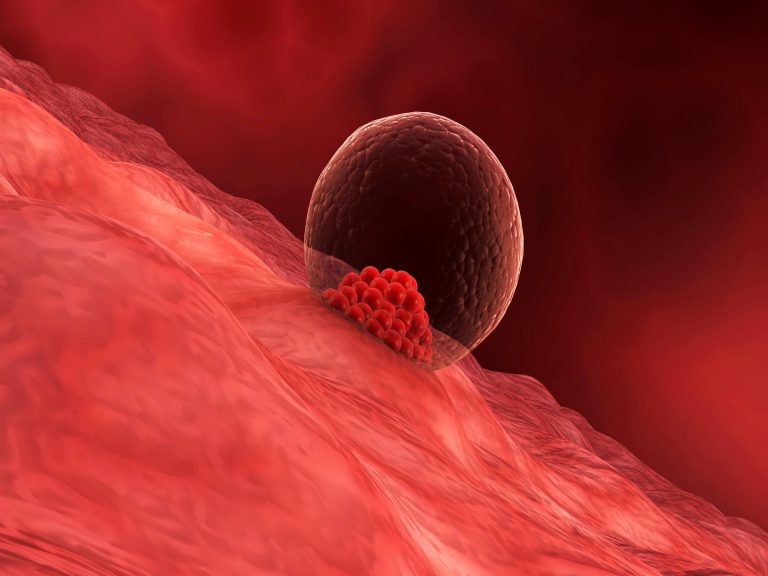In vitro fertilization (IVF) is a type of assisted reproductive technology used to help achieve pregnancy. In vitro literally means “in glass” and fertilization is the joining of sperm and egg cells. Normally, fertilization takes place inside a woman’s body. During IVF, sperm and egg cells are combined in a laboratory dish and fertilization takes place outside the body. The resulting embryo(s) may then be transferred back to a woman’s uterus to develop into a baby.
Five Key Steps in the IVF Process:
First, the woman is usually given fertility medications to stimulate growth of several eggs instead of the single egg that normally develops every month. Several eggs are needed because some eggs may not fertilize or develop normally. Blood tests and ultrasounds are used to determine the right time to retrieve the eggs.
Second, the eggs are located in sacs in the woman’s ovaries called follicles. They must be retrieved by the doctor before ovulation occurs (before they are released by the ovary). When it’s time to retrieve the eggs, the doctor will locate the follicles and use a hollow needle to collect the eggs. The woman will be given medication to help with pain. If egg or sperm production are a problem, donor eggs or sperm may be used.
Third, an embryologist will combine the sperm and mature eggs in a laboratory dish, and they are kept in a special environment. Here, the sperm are given time to swim to and fertilize the eggs. If your doctor thinks there is a low chance of fertilization (for example, earlier IVF cycles resulted in failed fertilization, or the semen quality is very poor), intracytoplasmic sperm injection (ICSI) may be recommended. ICSI means one sperm is injected directly into each egg, instead of allowing the sperm to swim to the egg on its own.
Fourth, as the egg fertilizes and divides, the growth of the resulting embryo is monitored by an embryologist. The embryo may undergo testing for genetic abnormalities, such as preimplantation genetic diagnosis and screening (PGD/PGS).
Fifth, the embryo may be transferred to the woman’s uterus between one to six days after the eggs are retrieved in a usually painless procedure involving a small tube inserted into the uterus. ASRM publishes guidelines on the number of embryos that should be considered for transfer. The embryo will hopefully implant into the lining of the uterus and grow, resulting in a pregnancy.
When is IVF Used?
IVF may be used to treat several causes of infertility, including advanced age, male factor, unexplained infertility, endometriosis, or when there might be genetic factors at play. Research also shows that epigenetic factors are related to infertility and may affect proper embryo development. It’s important that we understand these associations as well, and how they may impact IVF success.
IVF is a more complex, costly, and invasive procedure than intrauterine insemination or IUI. It may be used in cases where IUI may not be helpful. Success rates depend on many factors. The Society for Assisted Reproductive Technology is a great resource to view IVF success rates in the US.
IVF Cost and Success Rate
IVF is a more complex, costly, and invasive procedure than IUI, but it has a much higher success rate and is more effective in treating severe forms of infertility. For young, healthy women, IVF success rates are roughly 40%. So, even in the best case senarios, it can take 2-3 cycles to get pregnant.
The average cost of an IVF cycle is $12,400. Let’s break this total cost down further. An IVF cycle with fresh embryos costs on average $8,158 plus the cost of medications which can range from $3,000-$5,000. There may be additional costs for things like ICSI or PGD.






